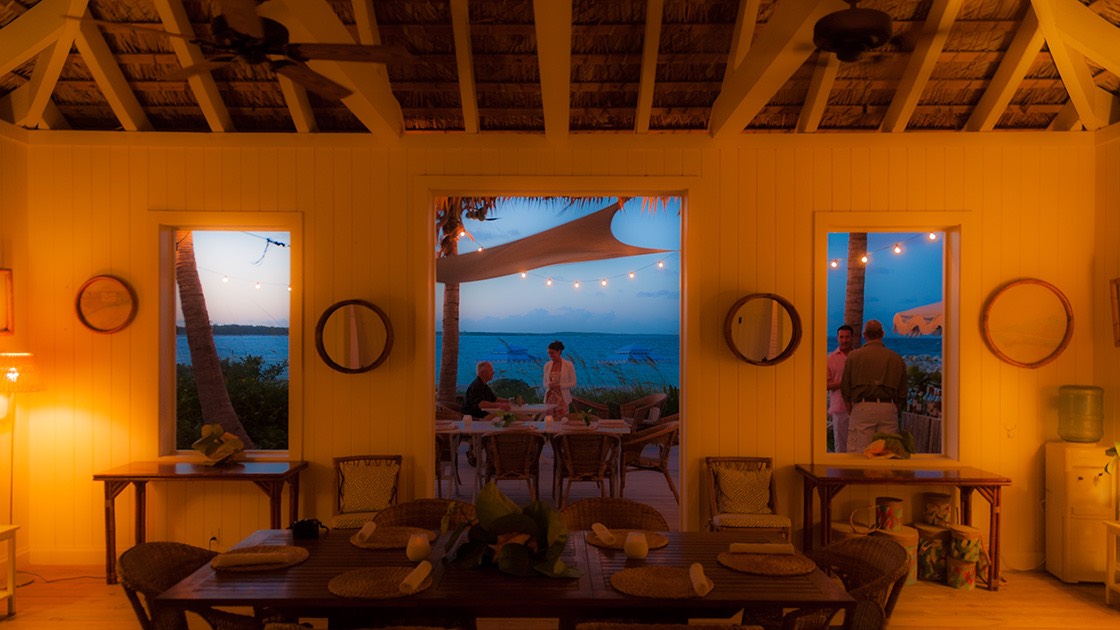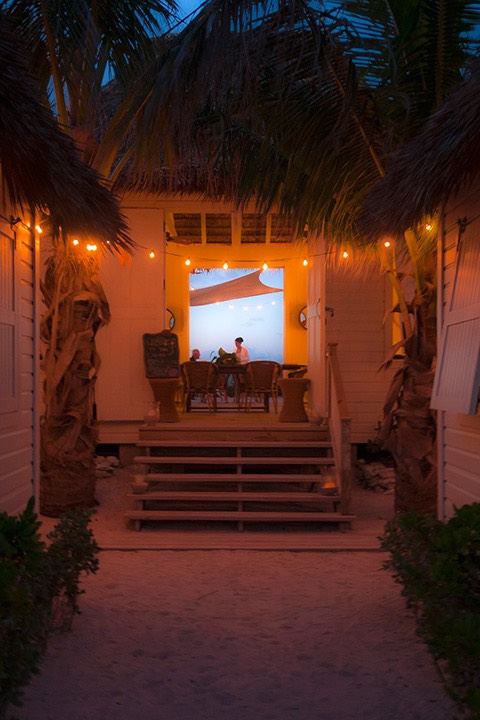search the Original Green Blog

No new town being built today embodies Original Green sustainability principles more explicitly than Schooner Bay in the Bahamas, but the town stands at the crossroads today, and could go in either direction. Town Founder Orjan Lindroth has set an heroic slate of things in motion that goes far beyond normal place-making goals, but this fabulous foundation required such effort to complete that investors have grown impatient and it is now possible that ordinary things could be built on that extraordinary foundation.

The Ecological Dividend post described many of the assets built into Schooner Bay that will yield log-term benefits, and The Schooner Bay Miracle tells the story of how some of those principles and techniques allowed the town to emerge virtually unscathed from the wrath of Hurricane Irene at her strongest point.
Patient place-making was once the way that great places were built, but it declined as development morphed into something more akin to industrialization than town building, with every system geared to crank out as many units as quickly as possible. Never mind that building patiently is precisely how to make the greatest profit over the life of the project.

Seaside, Florida is the best example in part because it has been there the longest. If you talk to Seaside’s Town Founder, Robert Davis, he’ll tell you that he made more money on the last 5% of the lots he sold than the first 95%. This never could have happened had Robert blown Seaside out in the normal 3-5 years. Instead, he took 30 years and was able to retire a wealthy man on just the profits of one development rather than risking everything every few years on a new development. Schooner Bay could do precisely the same thing Seaside did, if the investors rediscovered the patience of townbuilders.
The worst thing they could possibly do now is ditch all of the effort and time that went into the original vision of Schooner Bay and sell the lots using the normal marketing fluff with which island properties are too often sold. Do this, and they will be competing on bells and whistles, and on cost per square foot. In other words, the lowest common denominators.
Does that sound like the best way of moving out of the shadows of the Great Recession, which has been the worst seven years for real estate than almost anyone alive today has ever seen? Or would it be a better idea to move beyond those dark years to better days ahead buoyed by great and sustainable ideals lots of people can get behind, and accompanied by arguably the best planners on earth, and numerous other nationally- and internationally-known creatives who have worked with Schooner Bay through the years?

The Bahamas and the Caribbean beyond are littered with half-finished projects sold on the lowest common denominator. Schooner Bay is based on the only model ever proven to work in the islands: true sustainable town-building. This is how Dunmore Town on Harbour Island was built. And Hope Town. And Green Turtle Cay. And Man of War. The places people have loved the longest and valued the most were all built as real towns, not housing built on the industrial model and sold with glossy marketing. In real towns, people come because of the town, and then buy a cottage. Places where people only come for the lowest common denominators of the housing aren’t towns at all, nor are they resilient in the long term. Schooner Bay could suffer that fate. But it doesn’t have to suffer that fate.

Anyone who reads this blog knows that I almost never go to bat for a new town, but there is too much at stake here to remain silent. I spoke two weeks ago at the World Congress of the International Network for Traditional Building, Architecture, and Urbanism (INTBAU). My presentation, which you can read in its entirety here, lays out how Schooner Bay has been the starting point of so many advances in sustainable building practices along the Caribbean Rim. After the presentation, Prince Charles held a reception for the speakers and select attendees at St. James Palace where I had the honor of telling him a little about our work there, and why places like Schooner Bay are so important in spreading sustainable practices.
What can we do now? Please spread this story to anyone on your networks who might be interested. Then go there. Relax for a few days at the Sandpiper Inn or the Black Fly Lodge, and have a look around. I’ll be doing the same myself soon, then I’ll post the Unofficial Guide to Schooner Bay Secrets. It’ll point you to many of the really cool green things that wouldn’t be on a real estate agent’s tour, but which you should see. Yes, you really should see this place.
~Steve Mouzon


